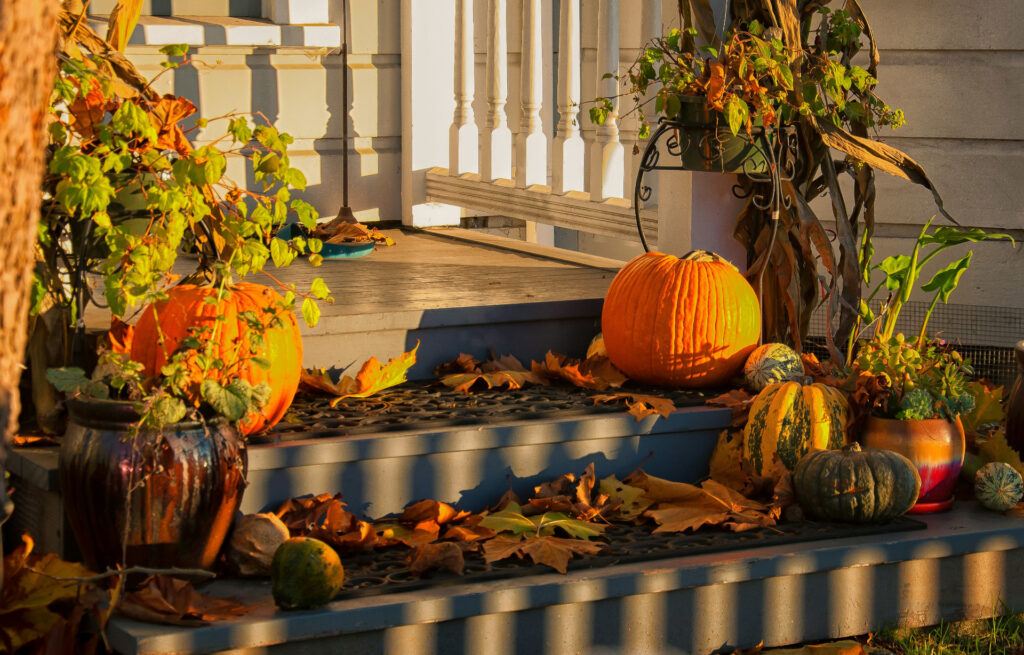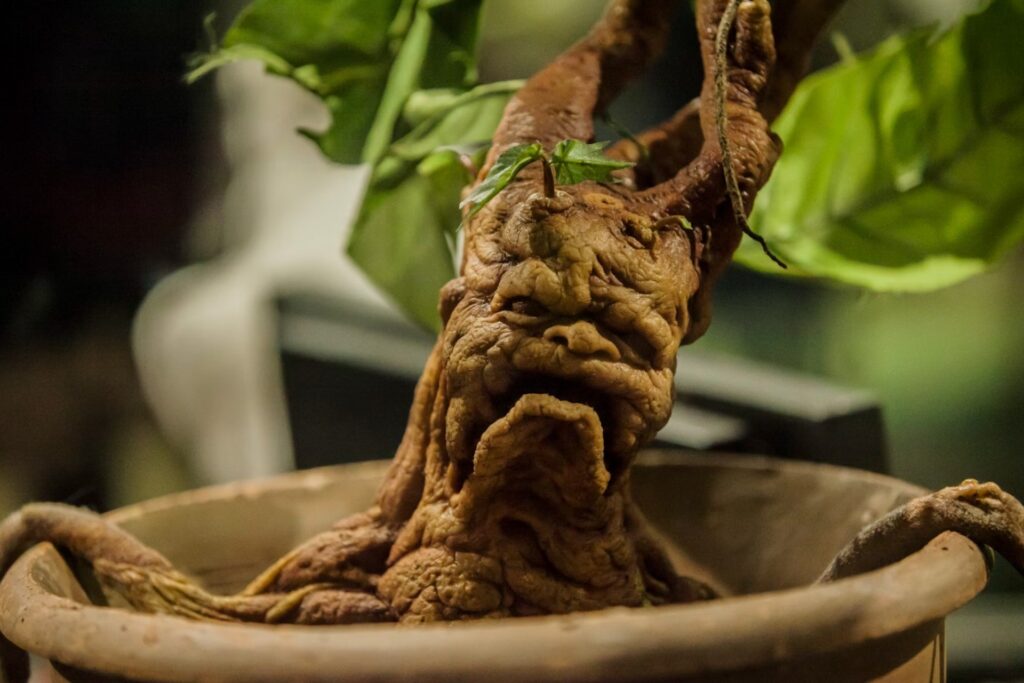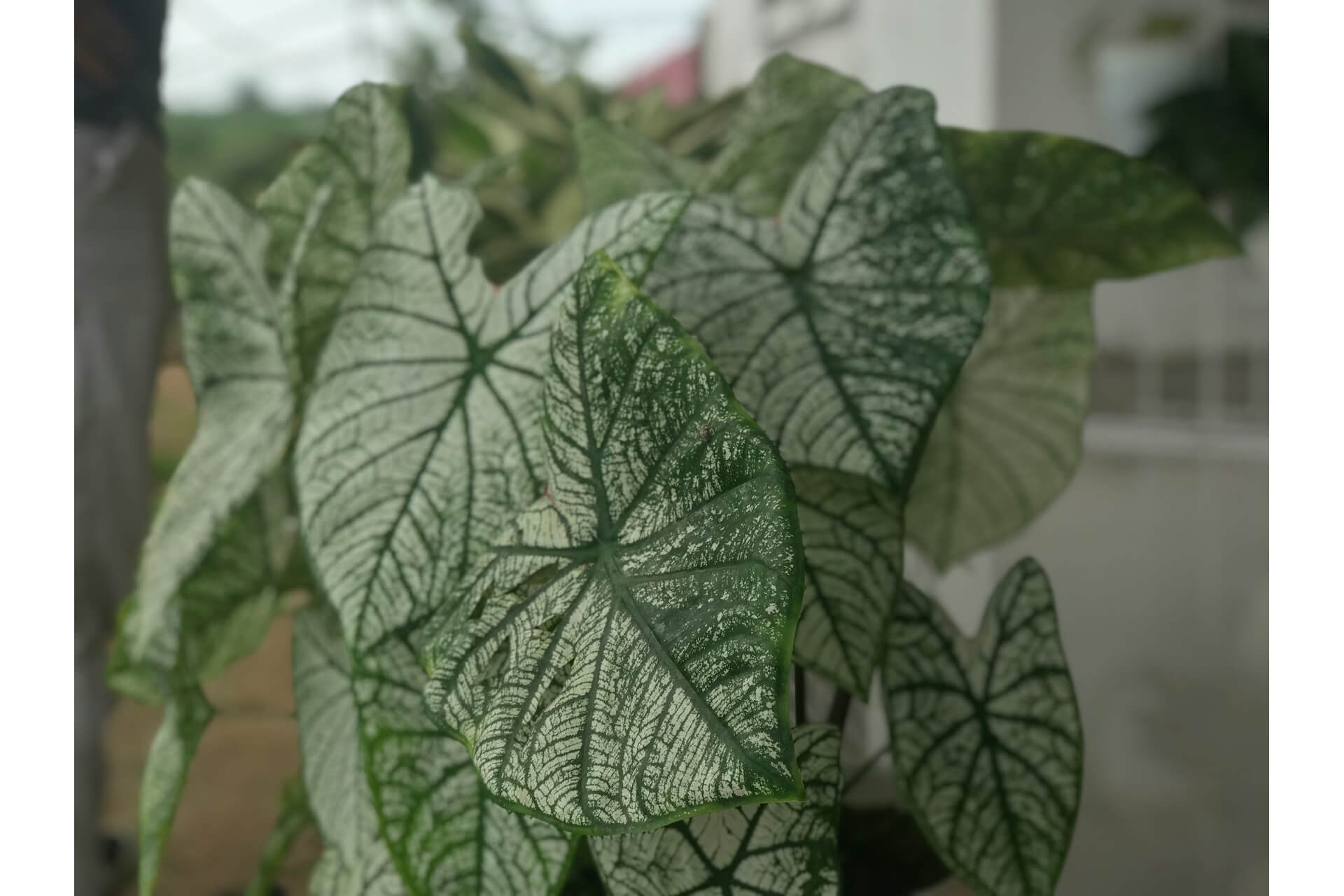
We are reader-supported. When you buy through links on our site, we may earn an affiliate commission.
You’ve lovingly tended your indoor plants — watering, pruning and giving them their perfect sunny spot — only to spot a fuzzy white patch creeping across the soil. Mold is unsightly and a sign that your indoor ecosystem is out of balance. The good news is with a few simple fixes, you can restore your plants’ health and keep your home’s air quality and aesthetics thriving.
1. The Truth About Mold and Houseplants
Mold on houseplants is more common than you think and it’s usually not the plant’s fault. Most of the time, it’s a type of saprophytic fungi that feeds on decaying organic matter in the soil — basically, it’s nature’s cleanup crew doing its job a little too close to home. While this kind of mold usually doesn’t harm the plant directly, it’s a sign that your indoor environment is out of balance.
For homeowners and renters, mold is more than just an unsightly nuisance. Indoor mold spores can affect air quality and trigger allergies, asthma or other respiratory issues, especially in spaces with poor ventilation. Studies show that indoor air can sometimes be two to five times more polluted than outdoor air when moisture levels aren’t managed properly. That’s why keeping an eye on your plant’s soil health isn’t just about aesthetics — it’s also about maintaining a safe, healthy home.
2. Why Mold Grows
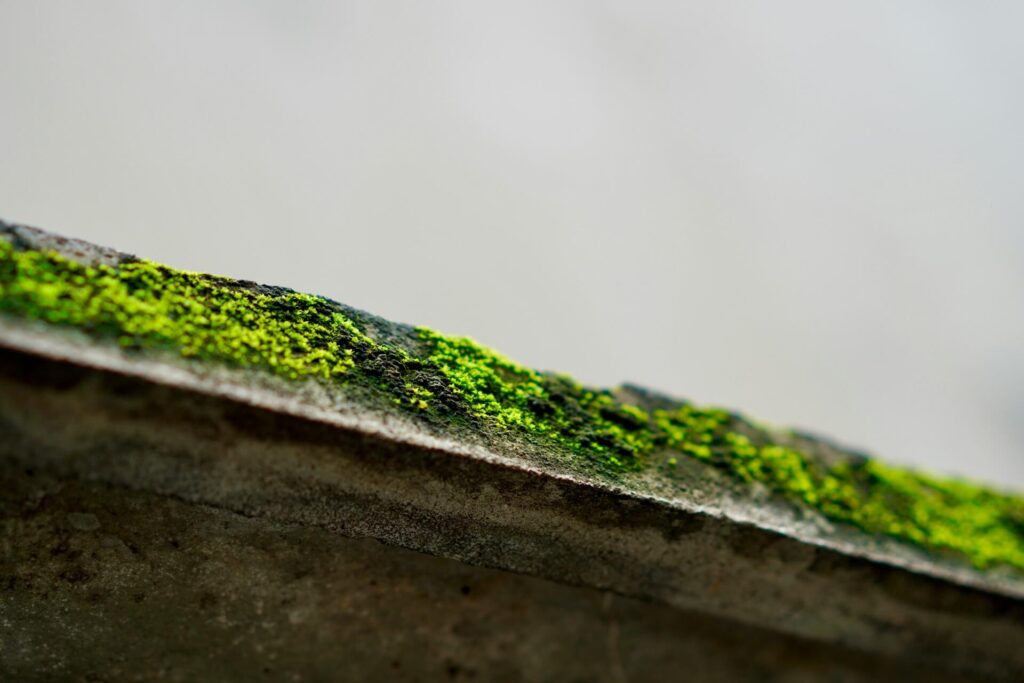
Mold thrives where conditions are just right — and those conditions are often created unknowingly by your plant care routine. Here’s what you need to watch out for:
- Overwatering. Too much water is the top reason mold appears. Constantly soggy soil creates a perfect breeding ground for fungi.
- Poor air circulation. Fungi love stagnant air. Plants in corners, behind curtains or in tightly sealed apartments are especially vulnerable.
- Lack of sunlight. Sunlight helps soil dry out and keeps mold in check. Plants in dimly lit spaces are more likely to develop fungal growth.
- Organic soil mixes. While compost-rich soil is great for plants, it also retains moisture for longer, providing a cozy environment for mold to grow.
- High humidity. Homes with humidity above 60% can encourage the growth of mold on both plants and walls.
Understanding these factors helps you see that mold isn’t just a plant problem — it’s a symptom of environmental imbalance. Adjusting how and where you care for your plants is the first step in preventing problems.
3. Spotting the Signs Early and What They Mean
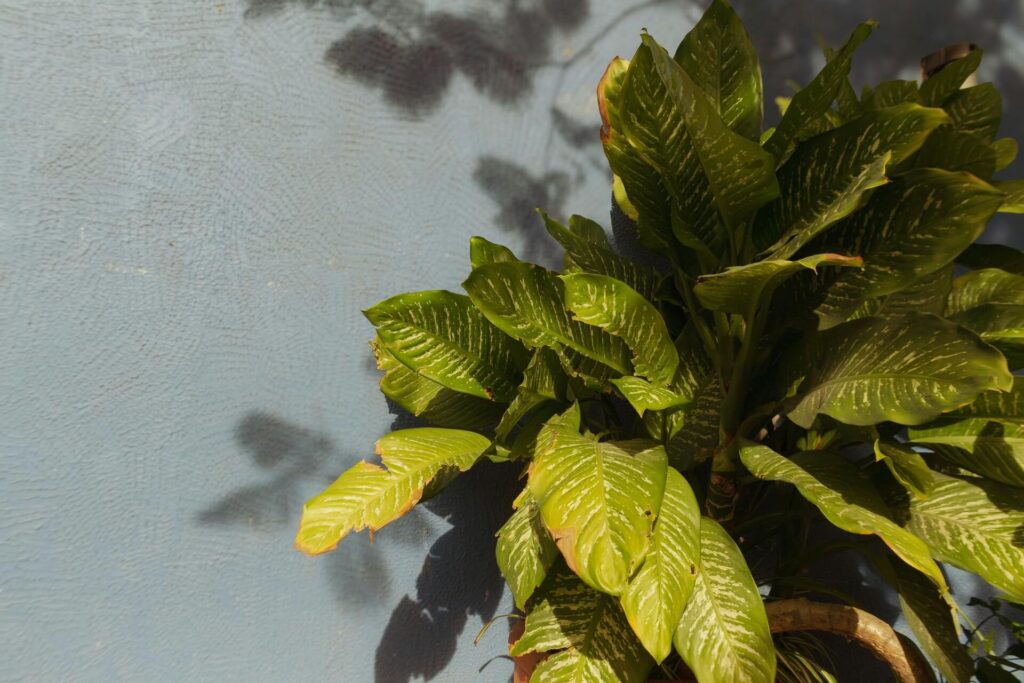
Catching mold early is crucial for maintaining the health of your houseplants and keeping your home safe. Look for these common signs:
- White fuzzy soil. The most typical indicator and usually harmless if caught early.
- Gray mold on leaves. Often Botrytis, which can damage plants if left untreated.
- Musty smell. Damp, sour odors from the soil signal fungal growth.
- Damp, slimy soil. Overwatered soil encourages mold to thrive beneath the surface.
A quick test can help determine severity. If the mold wipes away easily and your plant looks healthy, it’s usually a mild case. If leaves start to yellow or the soil smells sour, even after surface cleaning, it’s time for immediate intervention. Acting early prevents mold from spreading to other plants — and keeps your home from developing more serious moisture issues.
4. Safe Ways to Remove Mold from Soil and Leaves
Once you spot mold, it’s time to act before it spreads. Luckily, most cases can be handled safely with a few simple steps:
- Scoop and replace soil. Carefully remove the top inch of moldy soil and replace it with fresh, sterile potting mix. This removes the bulk of the spores and gives your plant a clean start.
- Natural antifungals. Sprinkle a thin layer of cinnamon or baking soda on the soil. Both act as mild, plant-safe antifungals and can keep mold from returning.
- Increase airflow. Move your plant to a brighter spot with better ventilation. A small fan can also help circulate air around stubborn corners.
- Adjust watering. Only water when the top inch of soil feels dry. Avoid letting plants sit in standing water in trays.
- Sanitize tools and pots. Clean pruning shears, watering cans and pots with a mild bleach solution to prevent spores from hopping to other plants.
For more home-focused tips on controlling indoor moisture, check out Renovated’s guide on keeping your home mold-free. This isn’t just about plants — your entire living space benefits from a drier, well-ventilated environment.
5. Long-Term Prevention Strategies
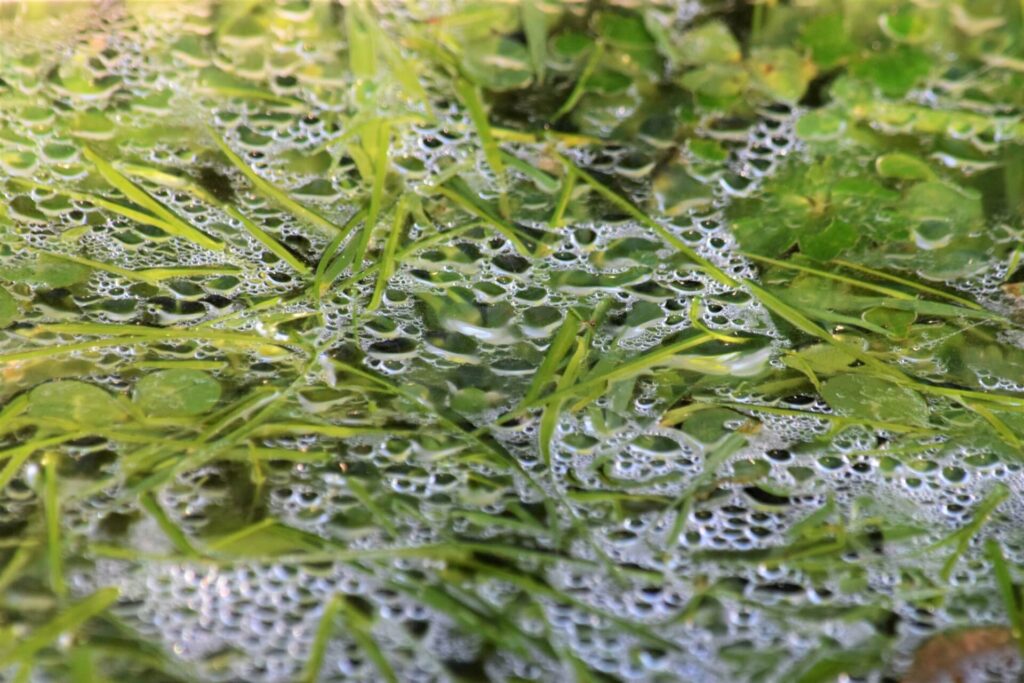
Preventing mold is easier than constantly treating it. A few sustainable habits go a long way:
- Choose the right soil. Use sterile, well-draining mixes and avoid heavy compost that stays soggy.
- Water wisely. The finger test works wonders — only water when the top inch is dry.
- Maximize light and air. Place plants near windows or under grow lights and consider a small fan for circulation.
- Regular maintenance. Prune dead leaves, wipe leaves periodically and clean drip trays to avoid stagnant moisture.
- Humidity control. Indoor humidity around 40–50% discourages mold. A dehumidifier or smart home humidity monitor can help, especially in bathrooms, kitchens or sealed apartments.
These strategies not only protect your plants but also reduce the risk of indoor mold affecting your home’s walls, carpets and furniture.
6. When Mold Means a Bigger Problem
Sometimes, persistent mold signals more than just overwatered soil. If mold keeps coming back despite proper plant care, it could indicate hidden moisture issues in your home:
Moisture from unseen leaks in your pipes or roof can encourage mold growth on floors, walls and nearby plants. Condensation on windows and walls creates a prime environment for fungi if you have poor insulation or ventilation. Air conditioning systems can also accumulate moisture, spreading spores throughout the house.
If you notice recurring mold despite your best efforts, it’s wise to call a contractor or property manager for an inspection. Catching these issues early protects both your plants and your home value and prevents more expensive repairs down the line. For detailed advice on addressing home moisture problems, Renovated.com offers practical solutions for homeowners and renters alike.
Don’t Spoil the Soil
A little mold doesn’t mean you’ve failed as a plant parent — it’s simply your home’s way of signaling that it needs a bit more attention. By monitoring watering habits, improving airflow and keeping humidity in check, you can keep your houseplants healthy and your indoor environment mold-free. With these steps, you’ll be able to enjoy lush, thriving greenery without worrying about fuzzy invaders, proving that a little knowledge and action goes a long way in creating a happy, healthy home.


